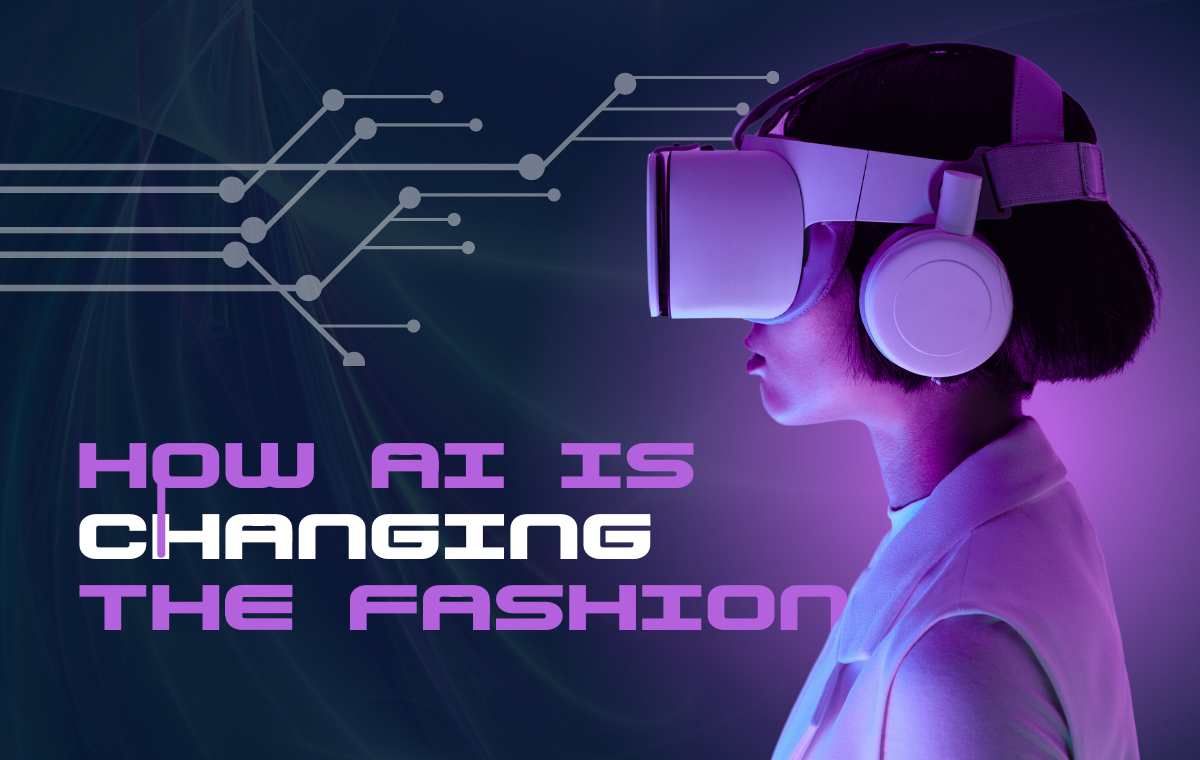Imagine a worldwide setting where the most eminent academic brains combine with the vast resources of business titans to address society’s most urgent issues. The growing partnerships in the field of artificial intelligence (AI) demonstrate that this is not a futuristic idea but rather a current reality. These strategic alliances serve as the catalyst for the transformation of theoretical advances in AI into tangible, significant solutions that permeate and improve our day-to-day existence.
The Synergistic Union of Research Endeavors and Industrial Prowess
These kinds of partnerships are based on collaborative research projects between industry and academics. Academic knowledge and industry application are intertwined to permit accomplishments that would be impossible on their own. An excellent illustration of this is the collaboration between Google Brain and Stanford University, which has improved human-technology interaction by producing impressive advancements in computer vision and natural language processing (NLP).
Furthermore, the conversion of AI research into useful, real-world applications is greatly aided by application-driven funds. Pfizer’s calculated investments in AI research during the COVID-19 epidemic greatly accelerated the development of vaccines, highlighting the value of these funding in bridging the gap between academia and the fast-paced, results-driven business world.
Technology Transfer Mechanisms: The Nexus Between Theory and Execution
If AI has to successfully go from the realm of scholarly research to the business sector in order to reach its full potential, systems for technology transfer are important. The conversion of intangible intellectual ideas into commercially viable goods is made possible via Knowledge Transfer Partnerships (KTPs). The effective adaptation of MIT’s work on predictive analytics for student retention to improve business training programs is a noteworthy example.
The Delicate Equilibrium: Harmonizing Divergent Intellectual Mindsets
Reconciling the exploratory nature of academic research with the industry’s demand for quick, useful results is one of the main hurdles in these cooperative initiatives.
Agreements pertaining to intellectual property (IP) are essential to these partnerships because they guarantee that innovation may flourish without interference. Stanford’s strategy for partnering on adaptive learning platforms is a prime example of how strong intellectual property frameworks are essential to building mutually beneficial alliances.
Notable Achievements: The Tangible Fruits of Synergy
Let’s look at some noteworthy achievements that have resulted from these mutually beneficial relationships:
Stanford University with Google Brain: Their combined efforts have greatly improved computer vision and natural language processing (NLP), as demonstrated by Google Translate’s sophisticated features.
Pfizer’s Partnerships with Tech Institutions: Pfizer has transformed the pharmaceutical sector by utilizing AI, most notably by speeding up the creation of the COVID-19 vaccine.
Siemens’ Virtual Innovation Centers: By using AI technologies, these hubs have demonstrated the significant influence of predictive maintenance by reducing production downtime by an astounding 30%.
Addressing Challenges: Transparency and Data Confidentiality
These partnerships’ human component entails striking a balance between industry secrecy and academic transparency. These problems can be lessened, though, by multidisciplinary teams skilled at fusing the two cultures and by formal IP agreements. Federated learning, which is used in delicate healthcare partnerships, serves as an example of how data analysis may be done without sacrificing security.
The Essence of Prosperous Partnerships
Congruent incentives, flexible structures, and reciprocal trust are essential elements of successful coalitions. With these components in place and academics and industry working together, the ideal conditions are created for AI innovation to flourish. We can fully utilize AI’s potential and turn scholarly discoveries into real advantages by cultivating and expanding these strategic alliances.
Reach out to us at open-innovator@quotients.com or drop us a line to delve into the transformative potential of groundbreaking technologies. We’d love to explore the possibilities with you.







